by Ken Gargett
Anyone seriously interested in wine or who may have dipped into the articles I’ve written here on Q&P will be aware that top Burgundy has exploded like a firecracker factory set alight. From very much a second fiddle to Bordeaux when it came to the great wines of France (and the world), and priced accordingly, Burgundy is now the flavor of the month, attracting prices that have skyrocketed into the stratosphere and beyond, both on release and on the secondary market. Everyone wants the great Burgundies.
Those of us who once were not averse to picking up the odd bottle of Premier and Grand Cru here and there, all at prices that were bargains compared to the hefty cost of top Bordeaux (and plenty of other wines), have long given up on ever seeing such days again.
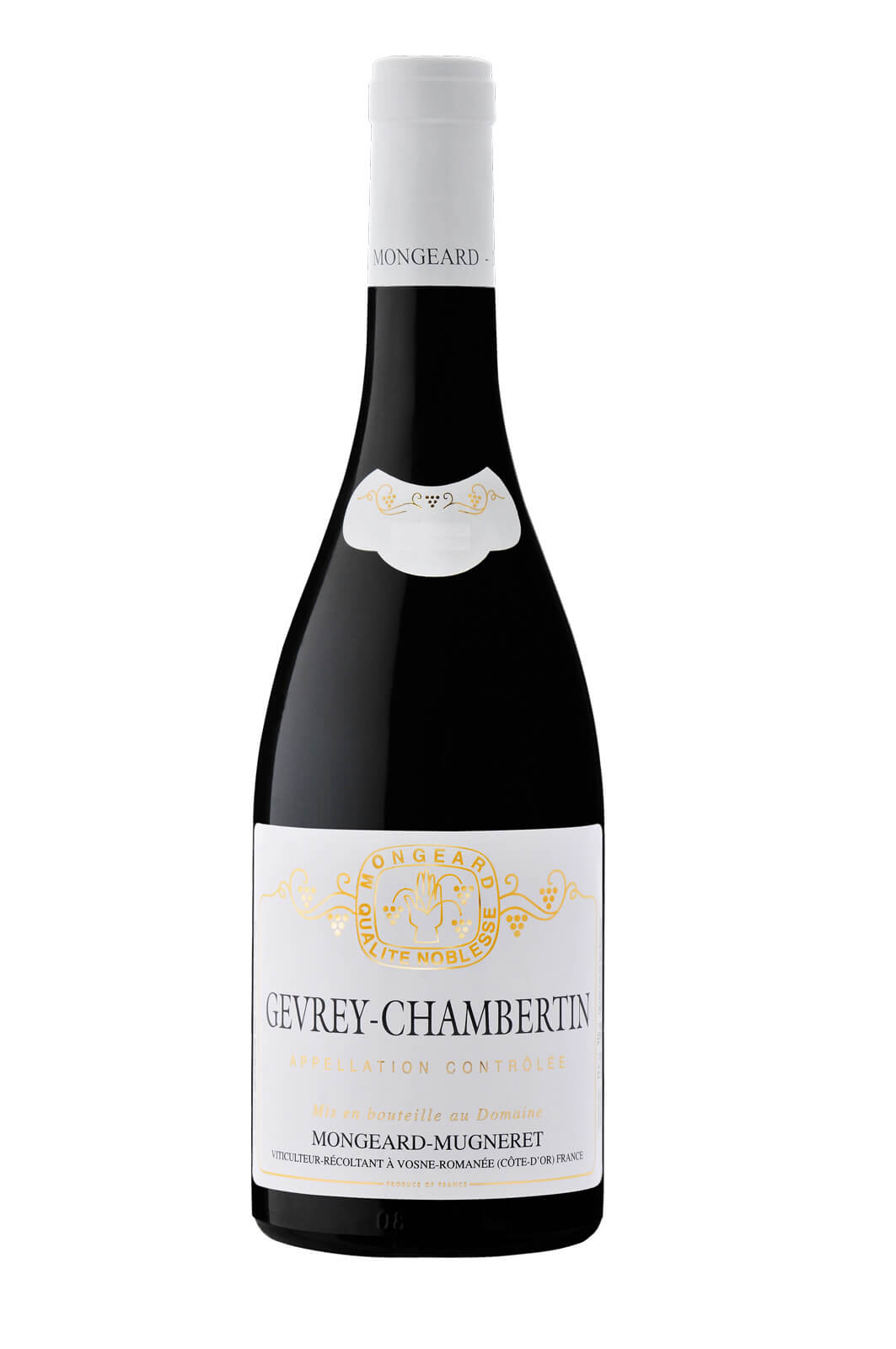
Domaine Mongeard-Mugneret Gevrey-Chambertin
Allow a quick example. Way back in the day, as they say in the classics, it was not uncommon for lunches with a good bunch of wine-loving friends to see the wines of Domaine Mongeard-Mugneret appear. The vineyard’s Richebourg was very rarely a participant, but the Grands Echezeaux and Echezeaux were far from uncommon. And always welcome.
That said, there was always a fair bit of friendly banter if anyone brought the Echezeaux rather than the more highly regarded (not just for this estate, but generally) Grands Echezeaux. Was this just a quick snack? Have we offended you? Saving the good stuff for others? The usual sort of thing.
Like all good teasing, there was a grain of truth to it. The Grands Echezeaux was undoubtedly the superior wine. Indeed, I would go so far to say that I cannot think of any other top Burgundy producer with access to both vineyards where the gap is so wide. That is very much a generalization and is based on tastings from quite a few years ago, but we are getting ahead of ourselves.
The point of this is to say that any event today where either wine is served is a very special occasion indeed. These days, that Echezeaux is likely to set you back around AUD$400 to $700, depending on the vintage and from where you source your bottle. And the Grands Echezeaux around twice that in ballpark terms. So not really a casual lunchtime drink any more. And, trust me, Domaine Mongeard-Mugneret is very far from the most extreme pricing we see these days. These guys are now considered reasonable.
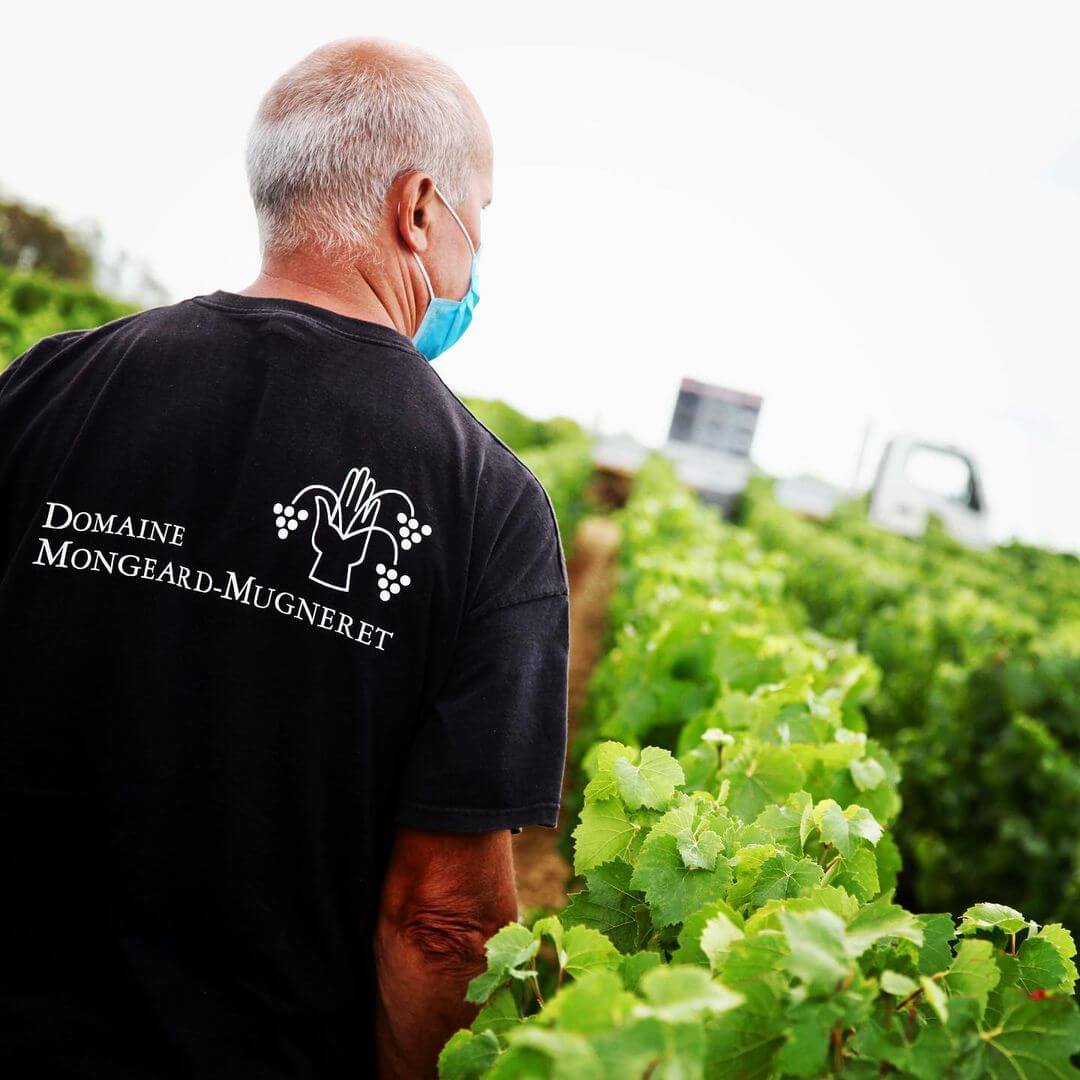
Domaine Mongeard-Mugneret vineyard
Some history of Domaine Mongeard-Mugneret
Naturally, when the opportunity arose to have an in-depth look at recent wines of this great estate, I was very much on board. The Reserve Cellar at the Emporium Hotel in Brisbane has a superb collection of wines, but where it shines is its world-class attention to Burgundy. The tasting was to include a range from the excellent 2019 vintage as well as a couple of older wines.
Would we be able to compare the Echezeaux with the Grands Echezeaux? Sadly not. While the price does make such comparisons close to prohibitive, the miniscule allocation of the Grands Echezeaux meant that despite best efforts there simply was not enough for the event (the estate makes around 4,000 bottles of Grands Echezeaux a year for the entire world, and very little made its way Down Under). So I will have to wait for another chance to see if the two wines are still well apart (not holding my breath – although, as if to prove me a fibber, a recent lunch with friends saw examples of both from past vintages; needless to say, it was a lunch I could not make).
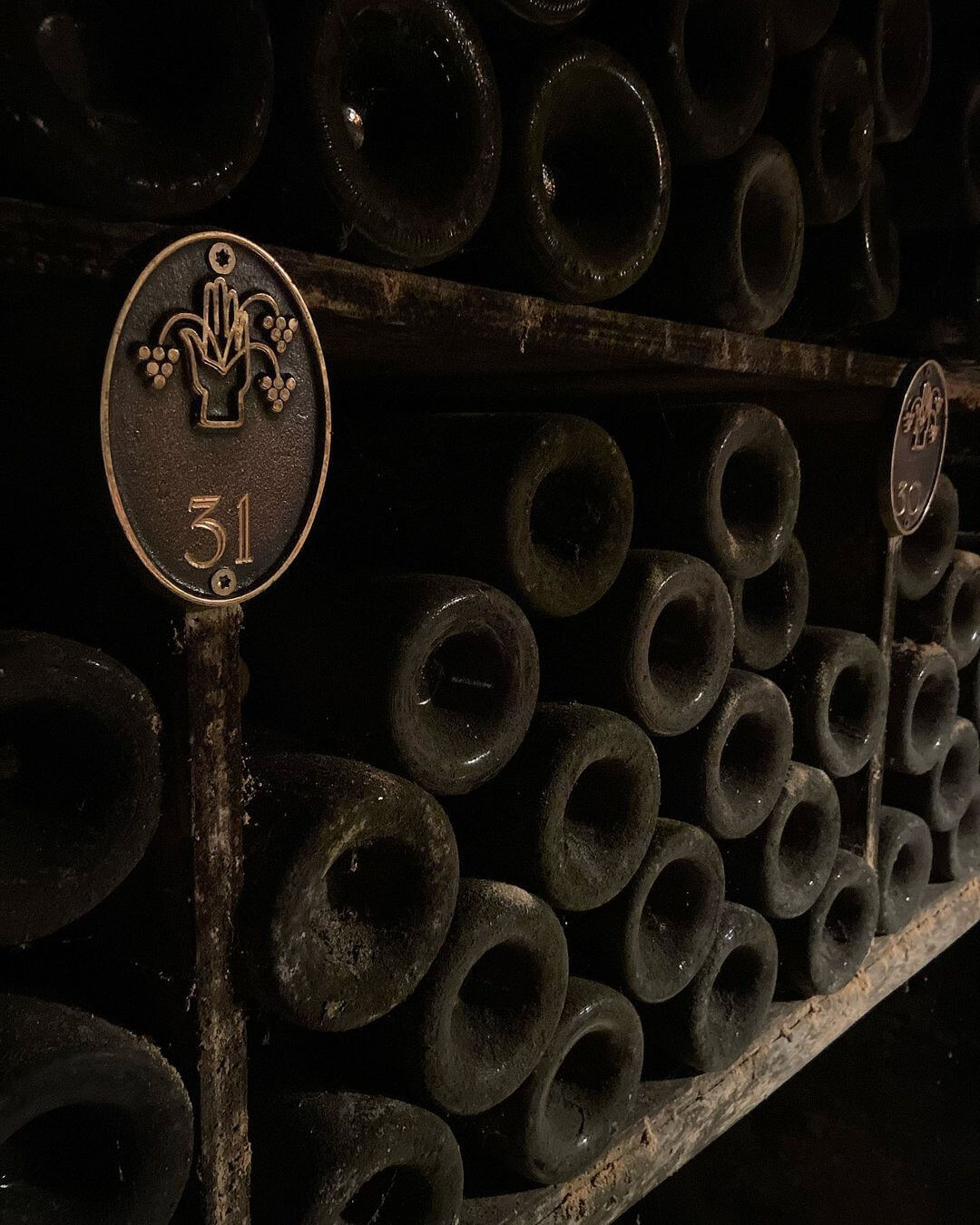
Bottles in the Domaine Mongeard-Mugneret cellar
Domaine Mongeard-Mugneret, like so many Burgundian estates, emerged from love. Although there is actually reference to a Mongeard working the vines at Domaine de la Romanée-Conti as far back as 1786, other reports suggest that the family was working in wine even further back, to 1620.
In 1919, Eugène Mongeard married Edmée Mugneret, but it was not really until 1945, when their son Jean took over, that the estate really started to garner attention. Jean was just 16 at the time and his father had passed away five years earlier. With World War II in progress, there was simply no one else available, and so young Jean stepped in.
Jean may not have had much experience at all, but he must have had some talent. After the wines from the 1945 vintage were in barrel, he was surprised to receive a visit from three of Burgundy’s luminaries: Baron le Roy, the Marquis d’Angerville, and Henri Gouges, all well known to his father and keen to see how young Jean was progressing. They tasted the wines, conferred, and were so impressed (it was a legendary vintage, after all, which may have helped) that they asked Jean how much he wanted for the lot. Jean apparently had no idea, so came up with a figure. The trio said that they would buy the wines but only on two conditions. First, that he double his price. Secondly, that he bottle the wines rather than sell by the barrel.
Jean also had the good sense to fall in love with a local girl, Lisette Manière, who was able to add to the vineyards. Jean passed away in 2020 and the running of the estate continued in family hands thanks to his son Vincent, who joined his father in 1976 and took over in the mid-1990s. Vincent’s daughter, Marie, works with her father (in Inside Burgundy, Jasper Morris notes that another daughter, Lucie, runs the next door, and wonderfully named, Hôtel Richebourg). Domaine Mongeard-Mugneret is one of the stars of the Vosne-Romanée appellation, that tiny district almost universally acknowledged to make the greatest Pinot Noir wines on earth. The jewel in Burgundy’s crown.

Domaine Mongeard-Mugneret Vosne-Romanée
Domaine Mongeard-Mugneret: stats
Domaine Mongeard-Mugneret has some 30 hectares of vines in 35 different appellations, seriously impressive in Burgundy. While the regional appellations take up a reasonable chunk of this – and they are wines that should not be ignored – the vineyard has holdings in numerous Premier Cru appellations as well as the gems (figures from Inside Burgundy): 0.63 hectares of Clos Vougeot; 1.82 hectares of Echezeaux (although Morris also quotes 2.02 hectares for Domaine Mongeard-Mugneret, so take your pick); 1.44 hectares of Grands Echezeaux, with vines that are around 70 years old; and 0.31 hectares of Richebourg.
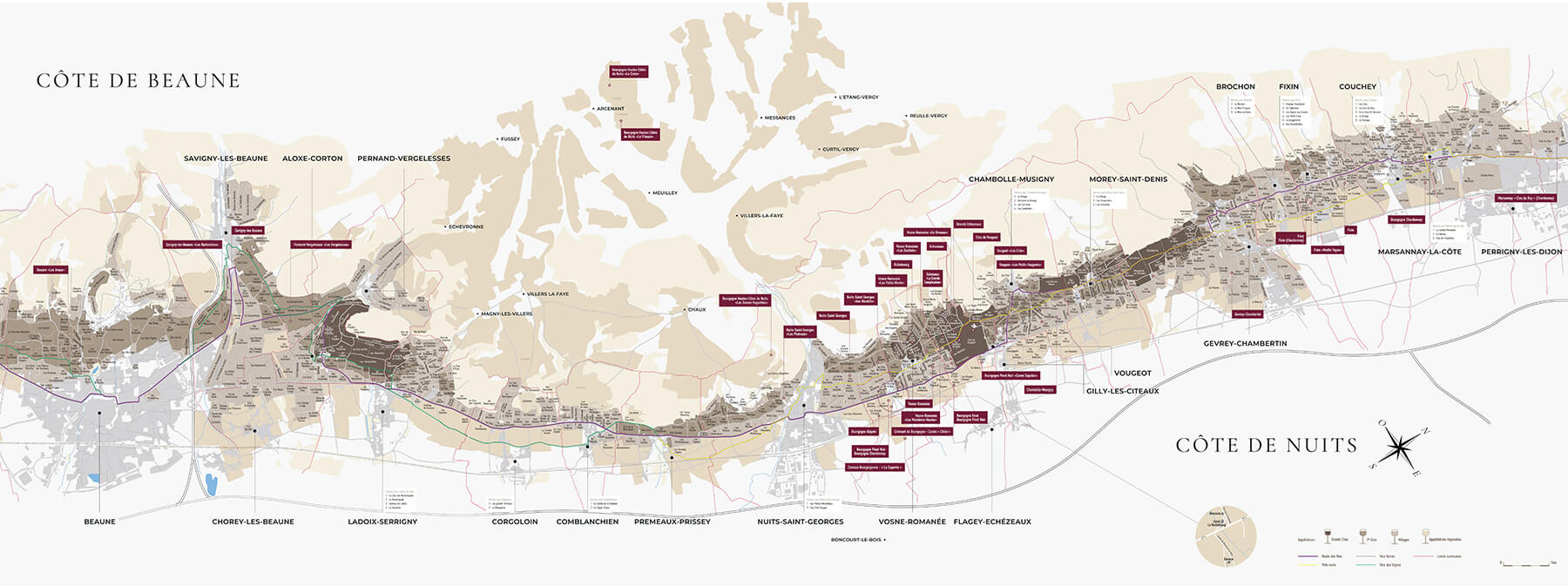
Domaine Mongeard-Mugneret vineyards around Beaune, Burgundy
Among the 14 domaines with vines in Grands Echezeaux, which is in total 9.14 hectares, Domaine de la Romanée-Conti dominates with 3.53 hectares, but Domaine Mongeard-Mugneret has the next biggest holding, almost three times the size of the third largest.
The estate is described as working lutte raisonnée, which means the “reasoned struggle.” Basically, a form of viticulture that is very close to the organic end of the spectrum, even more so in their best vineyards.
Regional wines are destemmed, but as the vines climb the appellation ladder, less so. Grand Cru vineyards see between 40 percent and 100 percent use of stems. The Premier Cru and village wines usually see around 30 to 50 percent new oak, while the Grand Crus see that increased to around 60 percent.
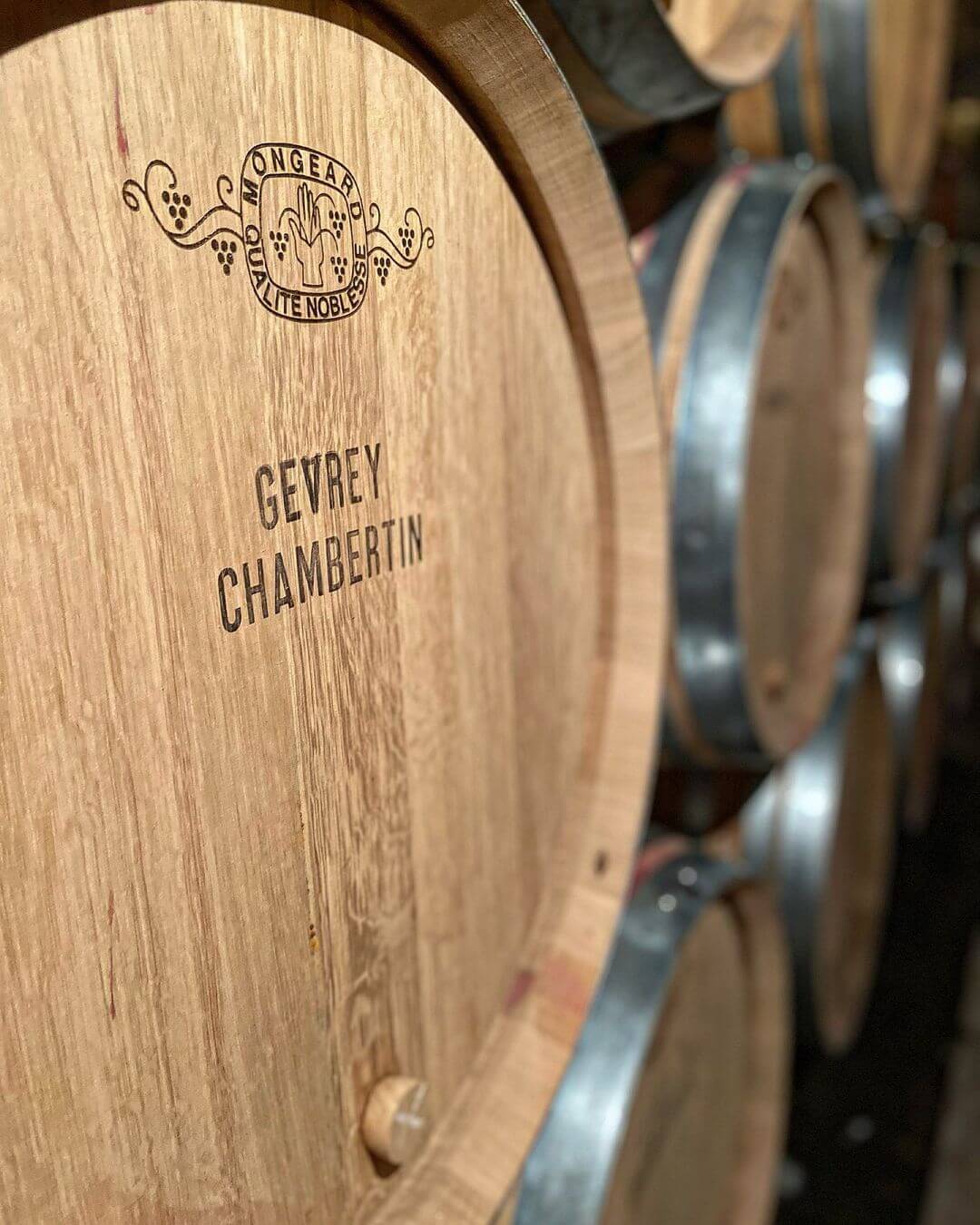
Domaine Mongeard-Mugneret Gevrey Chambertin barrel
So, where does Domaine Mongeard-Mugneret sit in the pantheon of Burgundian superstars? Every Burgophile (not sure that there is such a word, but perhaps there is now) will have their own opinion. I’ve heard many, from solid, good, excellent, and a star to wine of the gods (personally, I suspect a touch of hyperbole there).
Morris describes the wines as good but notes a lack of precision and occasionally some oak issues.
Allen Meadows, the man and palate behind the highly regarded Burghound, has written an excellent book solely devoted to the wines of Vosne-Romanée called The Pearl of the Côte. In it, he describes Domaine Mongeard-Mugneret as a top producer of Grands Echezeaux, only behind Domaine de la Romanée-Conti. In Burghound, he talks of how well these wines age and the benefits of giving them that time.
Remington Norman MW, in his The Great Domaines of Burgundy, notes that the wines can be a mixed bag, ranging from “sensationally good” to “dull.”
Clive Coates MW, in his The Wines of Burgundy, related how much more pleased he was with recent wines after attention was paid to the use of oak, reducing its impact.
Robert Parker has said that the wines of Domaine Mongeard-Mugneret offer “expansive, rich mid-palates and that enticing, seductive, sweet burgundy perfume that has not been obliterated by excessive fining or filtration.”
There seems to be a general consensus that while these wines often do not sing on release, with time they can blossom into something special.
Tasting Domaine Mongeard-Mugneret
Our event at the Emporium’s Reserve featured a number of the “lesser” and village wines: Bourgogne Hautes-Côtes de Nuits Rouge Les Dames Huguettes, Fixin Vielle Vignes, Gevrey-Chambertin, Chambolle-Musigny, and Vosne-Romanée, all from the superb 2019 vintage, and the 2015 Vosne-Romanée, another excellent warmer year. To finish, a couple of Echezeaux.

Domaine Mongeard-Mugneret Les Dames Huguettes 2016
Les Dames Huguettes was a delightfully elegant style with coffee bean and raspberry notes. The Fixin, for me a step up, fresh with violets, maraschino cherries, and silky tannins. The Gevrey-Chambertin offered aniseed, cranberries, and hints of leather with slightly firmer tannins. The Chambolle was alluring black cherries and wood smoke and gave every indication of a serious future. Finally, the pair of Vosnes: the 2019 was the pick of all the wines so far, seamless, excellent length with violets, vanillin notes, and cassis; 2015 was close with its generous nature, bright acidity, and red fruits.
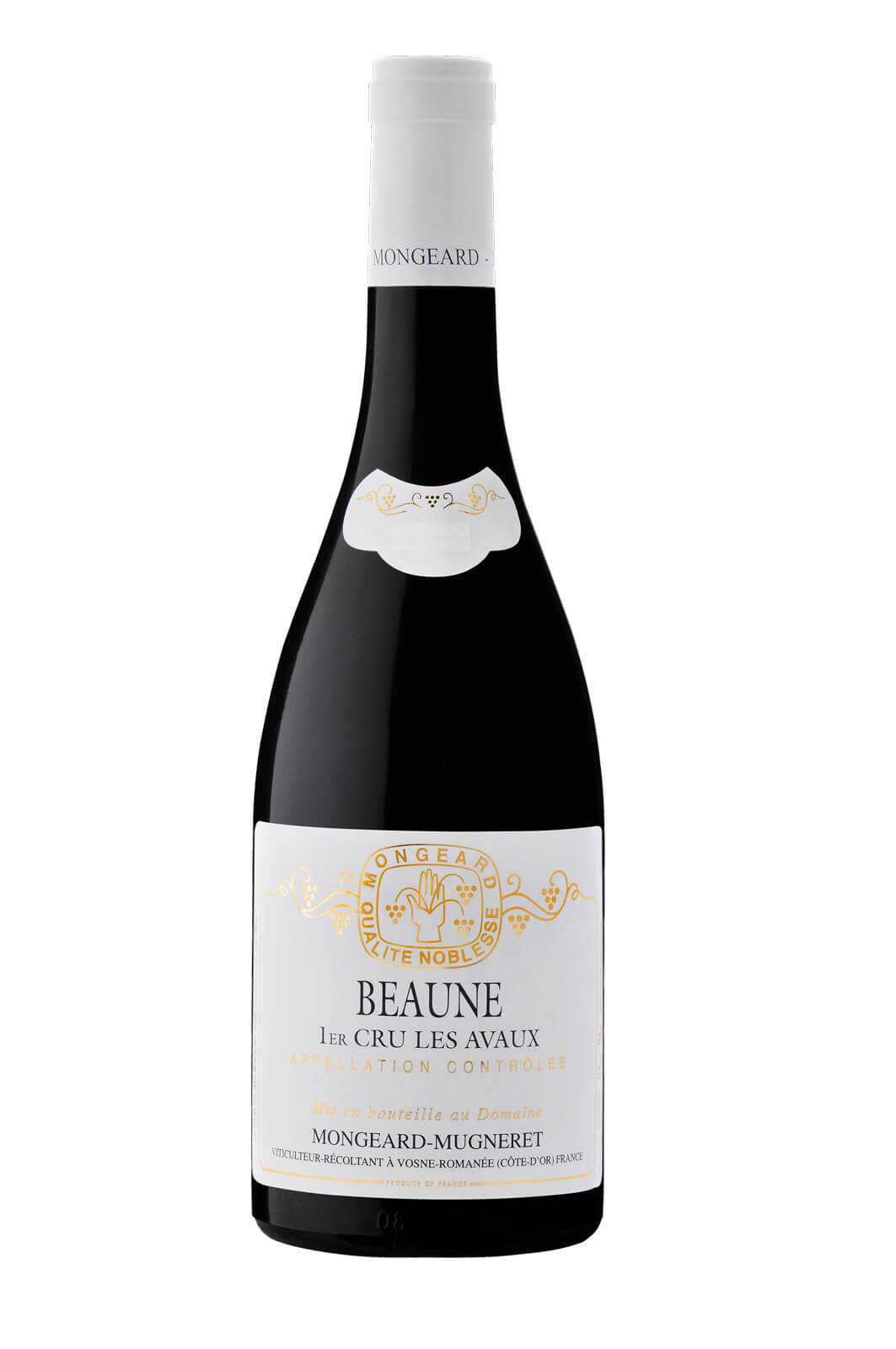
Domaine Mongeard-Mugneret Beaune Premier Cru Les Avaux
The 2019 Beaune Les Avaux, a Premier Cru, nicely balanced with coffee bean and maraschino cherry notes, was definitely of a style where its leaner, structural, firmer character was not overly appealing at the moment, but it has everything in place to suggest that it might be far more impressive in the years to come.
To finish, the big guns: two vintages of Echezeaux, the 2019 and 2010.
The 2010 is simply one of my all-time favorite vintages, a glorious year offering elegance and finesse. By any standard, one was not out of place expecting this to be the highlight of the event. It had everything going for it. However . . .
A very good wine, certainly, but not the stellar heights we would have hoped. Deep blood red in color, a mature Burgundy, a wonder of herbs and spices and forest floor. Florals, dry herbs, and warm earth. Complex with fine tannins and a sweet core of raspberry fruit through to fine tannins, this is undoubtedly a very good Burgundy, just perhaps a little short of expectations. 94.
This left the way clear for the 2019 and it more than stepped up. A cracker. A vibrant magenta color, coffee bean notes, dark berries, mocha, leather, forest floor hints, and a character rather like a cherry milkshake (in the most positive way). Rather than the primary fruit more obvious in the wines from lesser appellations, this is already exhibiting some complexity with fungal and truffle notes. Very fine tannins, and a lot of them, with great length. This has a promising future and should improve and drink well for well over a decade. For me, 96.
Domaine Mongeard-Mugneret is definitely an estate that should be on the radar of all lovers of top Burgundy.
For more information, please visit www.mongeard.com,
You may also enjoy:
Glorious Burgundy Is Experiencing An Unprecedented Golden Age Of Fantastic Wine Vintages
The World’s Best Wine? No Contest: Romanée-Conti By Domaine De La Romanée-Conti
Book Review: ‘Inside Burgundy’ Second Edition By Jasper Morris





















































Leave a Reply
Want to join the discussion?Feel free to contribute!